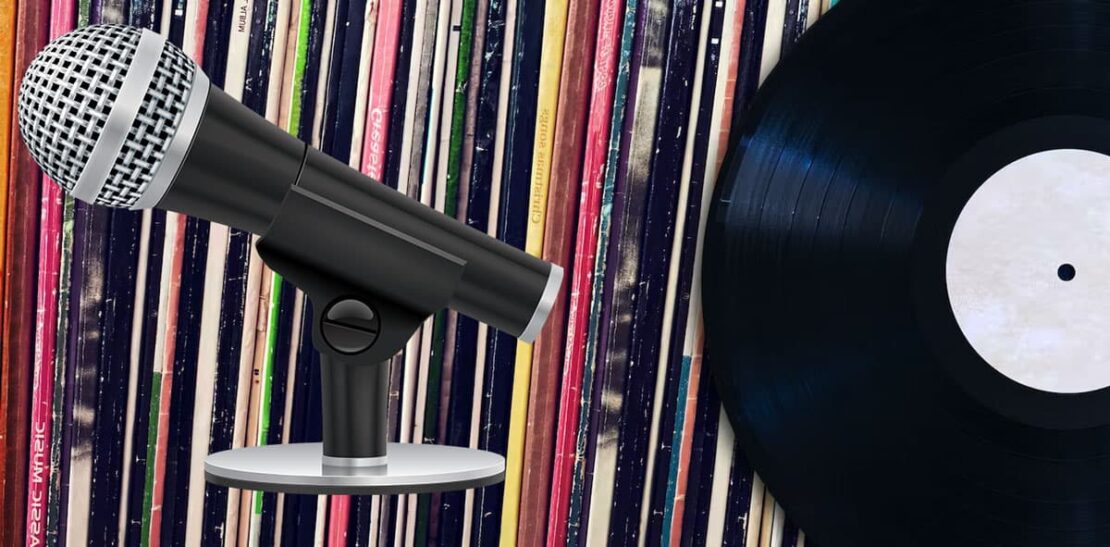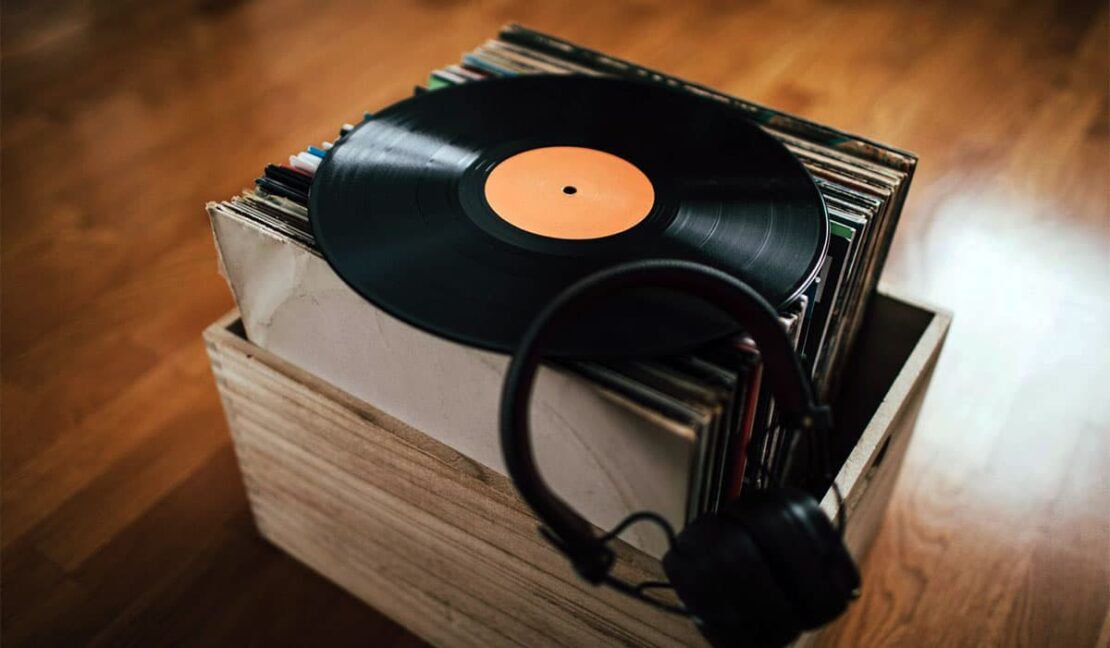Analog sound in vocal lessons has made a major comeback in recent years. You can hear it in the warm, rich tones of vinyl records and even in vocal lessons nowadays. More vocal coaches are integrating old-school vinyl players into their teaching, claiming analog sound helps singers better understand pitch, tone, and vocal texture. In this article, I want to help you understand why analog sound seems to be so beneficial for aspiring vocalists’ development and training.
So, what practical issues will we discuss with you in this article? Does listening to a decades-old jazz record’s natural crackles and pops really attune the ears better than digital clarity? Are vintage turntables a must-have piece of equipment for the modern vocal studio? We’ll study the role and influence of analog sound and vinyl playback in contemporary vocal pedagogy.

The unique sound of vinyl
As an avid record collector and vocal coach, I’ve always felt something special about the sound of vinyl. It has a depth and dimensionality that digital formats still can’t quite capture. Spinning an old Motown record, the crackles and warmth transport you – it feels like you’re right there in the studio with Marvin Gaye and Tammi Terrell!
The analog process of physically etching sound waves into vinyl master plates seems to infuse records with richer harmonic textures. There’s more “room” for those groovy overtones that give horns and vocalists their distinctive timbres. Digital files, for all their clarity, can sound comparatively flat at times. Don’t get me wrong – I still use MP3s and Spotify in my lessons. However, vinyl awakens your ears in subtle ways.
I’ve noticed my students develop more sensitivity to the nuances of pitch, tone, and technique when we incorporate some vinyl listening. Maybe it’s having to closely track those wobbly old recordings that train their ears and voices? Could they subconsciously emulate the natural compression and vibrancy? I’m not sure of the science, but the proof is in their remarkable progress lately! We’ll even sing along, and they comment on how easier it feels to match the real, raw expressions.

Incorporating vinyl into vocal training
I’ve recently started integrating vinyl playback into my lessons using my trusty Audio-Technica turntable. I’m not alone – music schools everywhere are dusting off their record collections and putting needle to wax with students again as vinyl records find their way back into modern vocal education.
I’ll cue up classics by Aretha, Otis, and Ella and have students sing along, tracking those analog recordings. Without pitch correction or compression, it challenges them to listen deeply and lock into the vibe. I’ll stop the turntable randomly, so they must continue a cappella and match the pitch/tone when it drops back in. It trains their ears to pick up subtle inflections.
We’ll loop challenging phrases like Billie Holiday’s effortless melismas, scatting along until it’s polished. The crackles and hisses of vinyl add fun improv opportunities. I’ll even slow down or speed up old Motown records to work on pitch control and stamina at challenging tempos – crazy good ear training!
The more raw, uncompressed sound of records seems to compel students to sing with more authenticity, too. We talk about how these artists sang right into the mic with no chance to hide. Vinyl captures something irresistibly human. And completing a song alongside those legends, their voices blending through the tube amp? Pure magic.
Benefits for vocal students
I’m sure you’ve never thought that those old vinyl records your grandpa has in his attic can help your vocals get better. But it turns out that listening to those crackly old recordings of famous opera singers and vocal legends singing arias and art songs can majorly improve skills like my pitch accuracy. Hearing exactly how sopranos in the 1960s shaped their vowels and utilized vibrato transports me back in time. It’s way more interesting than listening to modern recordings on a smartphone!
Unlike modern recordings, vintage albums introduce you to all the little nuances and vocal techniques of the past. You wouldn’t even realize that by dusting off old records, you can travel back in time and make your voice stronger at the same time. This shows that listening to old records can inspire vocal students to do some very cool things and help develop their vocal skills. Who would’ve thought? I guess with vinyl records in education, the past can truly help the future.